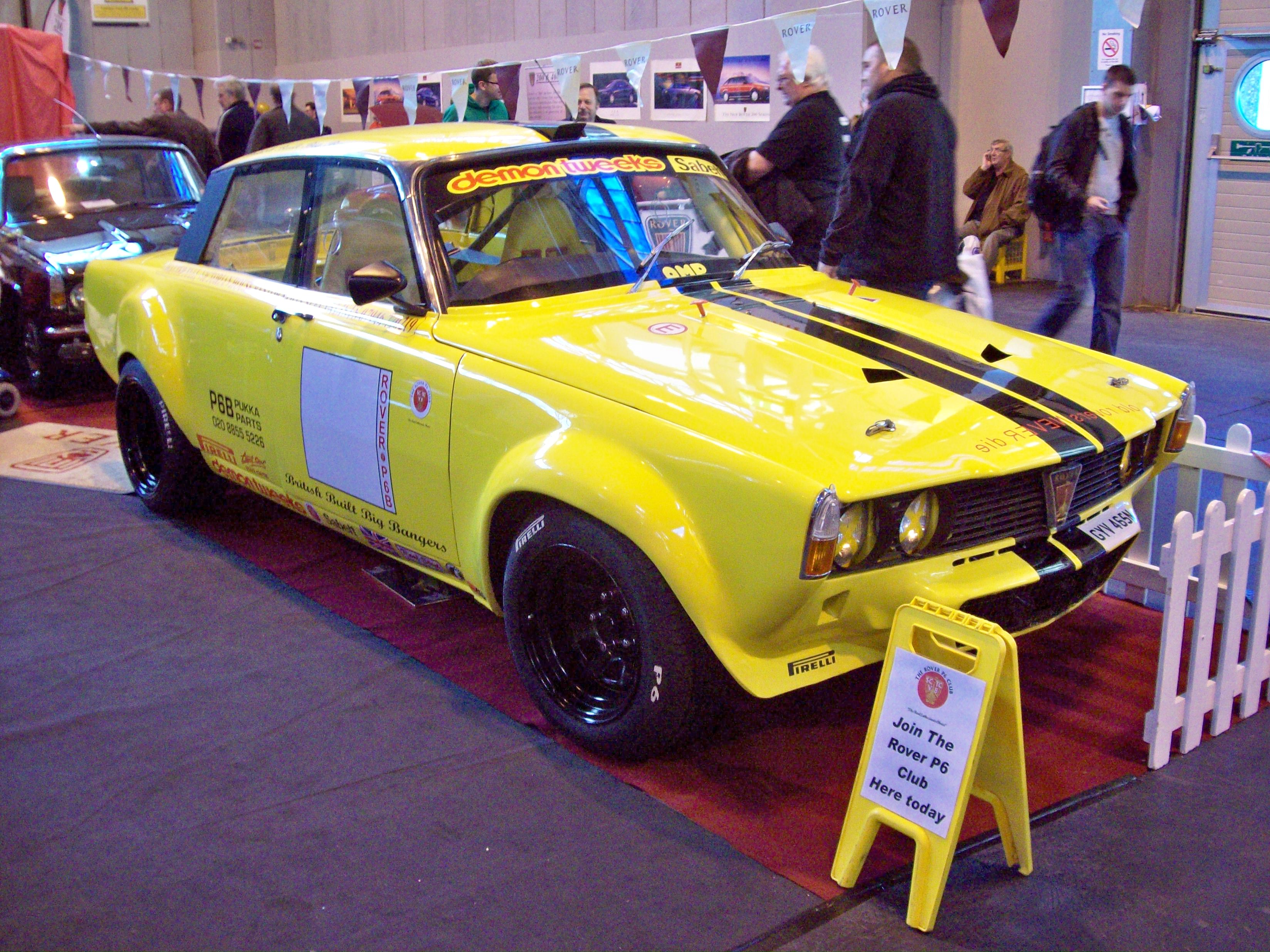I have been running 205/70 HR 14 tyres on my Rover since 1987. The tyre place did trial fit a 215 possibly 65 series issue onto the front, but the inside wall made contact with the swivel pillar, so 205 is the widest that will fit, assuming the correct rolling diameter is maintained.
Running spacers to move the wheels further out so as to increase clearance is illegal here in N.S.W, so not an option for those within this state.
Ron.
Running spacers to move the wheels further out so as to increase clearance is illegal here in N.S.W, so not an option for those within this state.
Ron.









